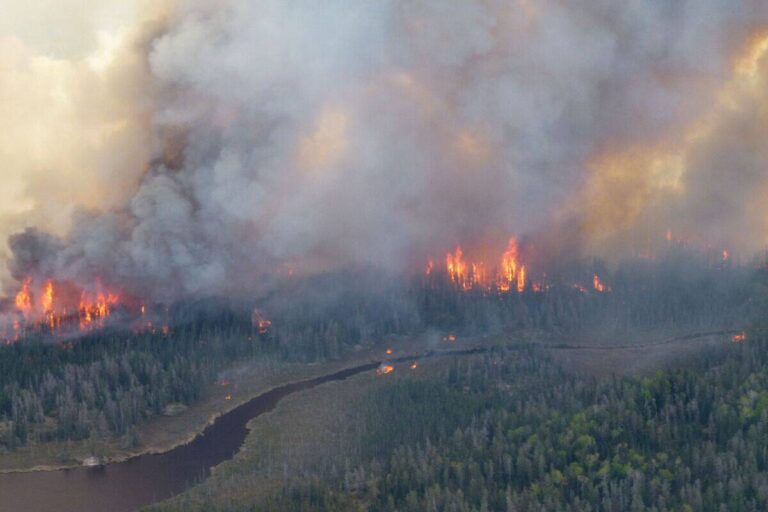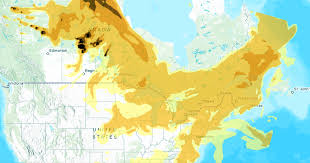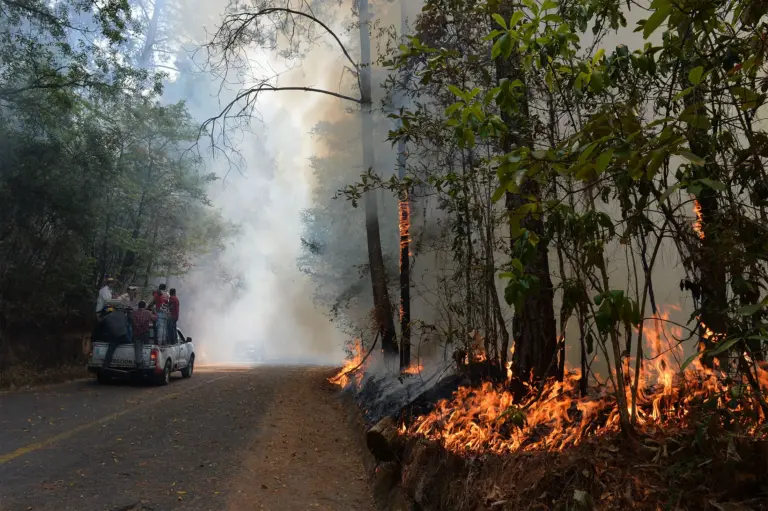
Introduction
Evergreen trees, often recognized for their lush green canopies year-round, play a significant role in maintaining ecological balance. Unlike deciduous trees, which shed their leaves annually, evergreens retain foliage throughout the seasons. This characteristic not only enhances the landscape’s aesthetic appeal but also provides critical environmental benefits such as habitat provision, carbon sequestration, and climate regulation.
Environmental Benefits of Evergreen Trees
Evergreen trees serve multiple purposes in their ecosystems:
- Habitat for Wildlife: These trees provide year-round shelter and food for a plethora of wildlife including birds, insects, and small mammals. The dense foliage offers protection from predators and harsh weather conditions.
- Carbon Sequestration: By absorbing carbon dioxide during photosynthesis, evergreen trees play a vital role in mitigating climate change. They effectively capture carbon and store it, contributing to lower greenhouse gas levels in the atmosphere.
- Soil Stabilization: The robust root systems of evergreens help prevent soil erosion. This is especially important in regions prone to landslides where their presence can significantly enhance soil integrity.
- Temperature Regulation: Evergreens help moderate temperatures through shade and moisture retention, which creates a favorable microclimate for various plant and animal species.
Recent Trends and Conservation Efforts
In recent years, increased awareness regarding climate change has prompted various conservation efforts focused on protecting and planting evergreen trees. Organizations worldwide, including the Canadian Forest Service, are rolling out initiatives to restore forests and mitigate the effects of deforestation. Urban areas are also seeing a rise in ‘green space’ projects that encourage the planting of evergreen species to improve air quality and biodiversity.
Conclusion
The importance of evergreen trees transcends their aesthetic appeal; they are indispensable allies in the fight against climate change and habitat degradation. As communities and governments increase efforts towards conservation, the role of evergreens in promoting a resilient ecosystem becomes ever more crucial. For individuals looking to contribute, supporting local conservation programs and advocating for sustainable forestry practices can be impactful steps towards ensuring these vital trees continue to thrive for future generations.


